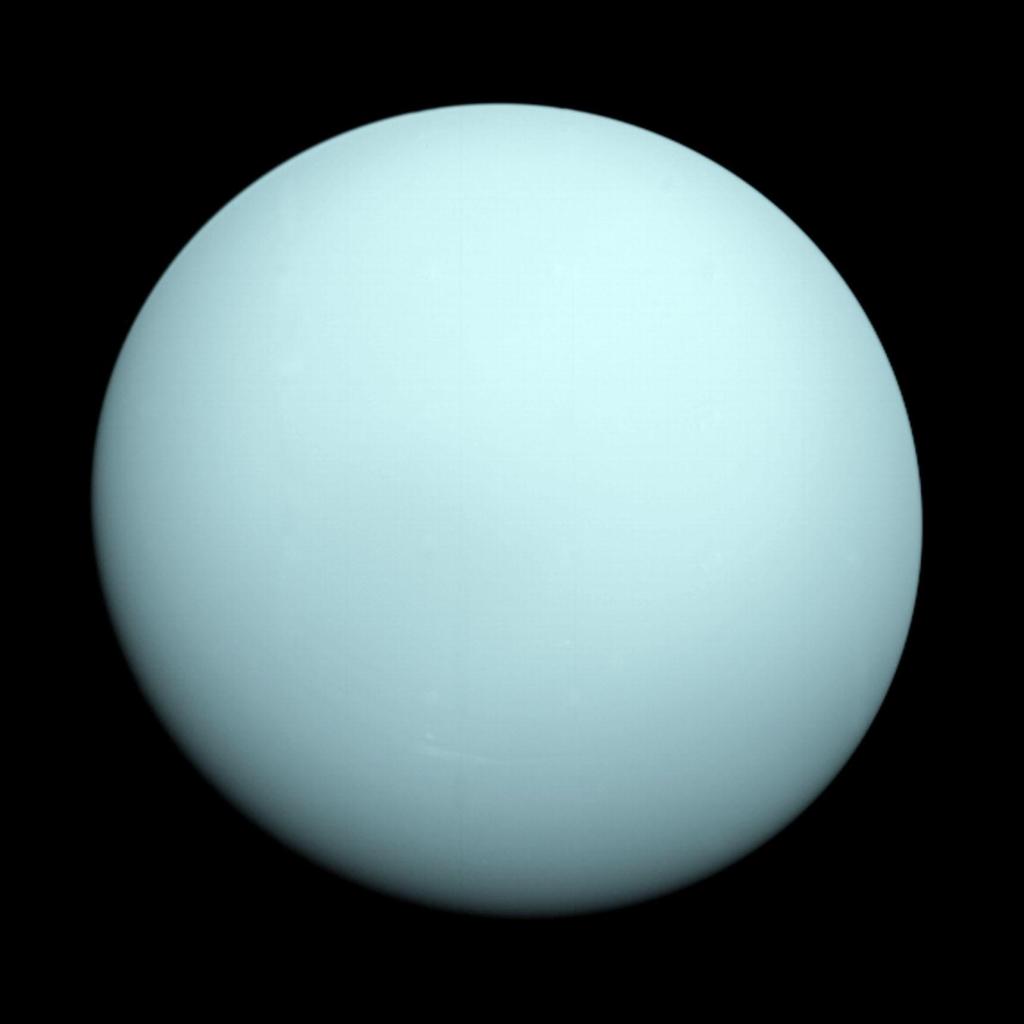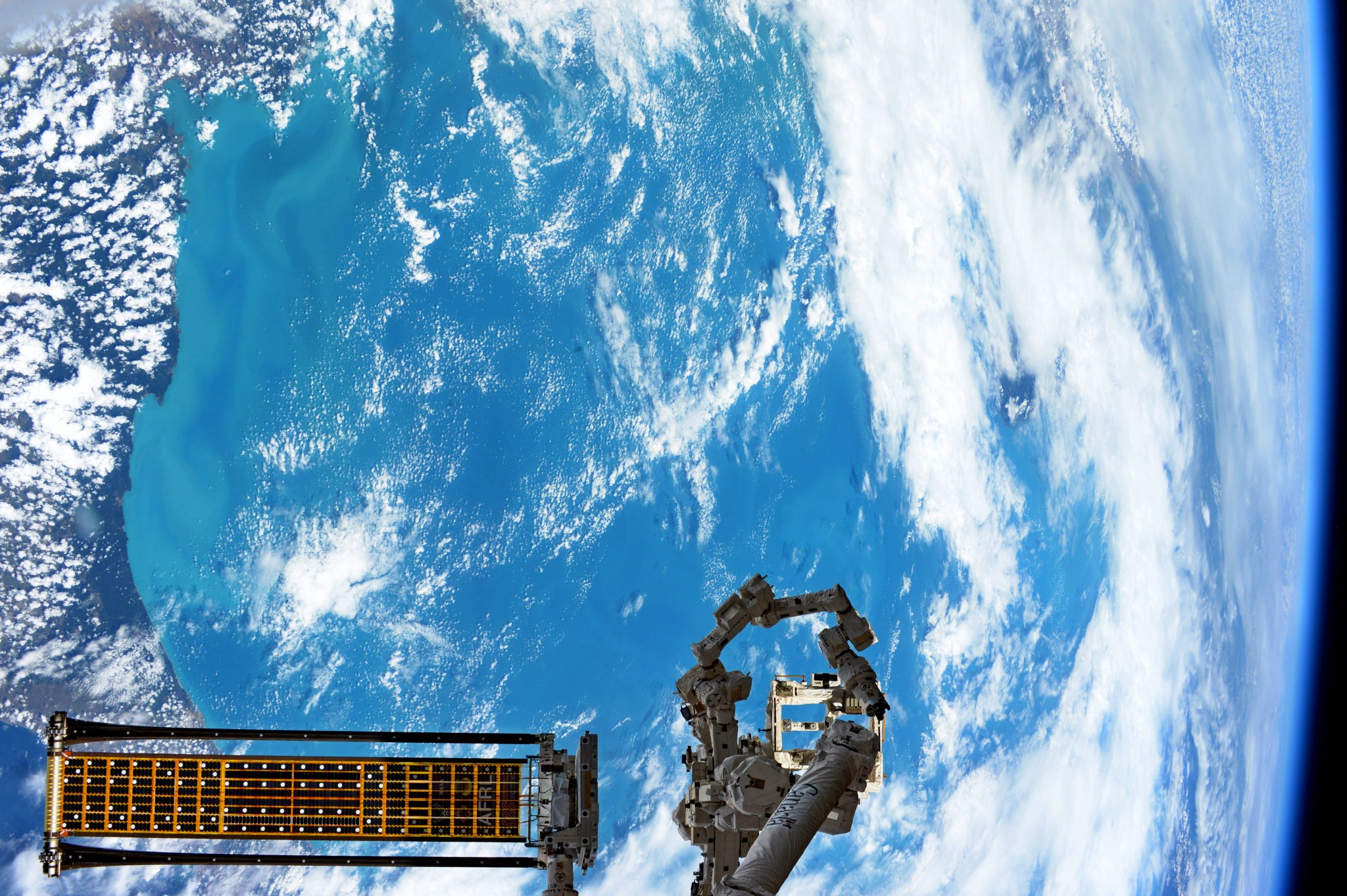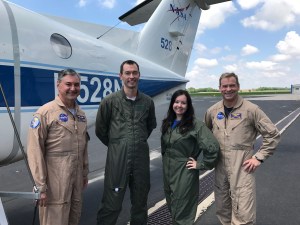NASA has selected 17 U.S. companies for 20 partnerships to mature industry-developed space technologies for the Moon and beyond through the Space Technology Mission Directorate’s 2020 Announcement of Collaboration Opportunity (ACO).
The selected proposals are relevant to technology topic areas outlined in the solicitation, including cryogenic fluid management and propulsion; advanced propulsion; sustainable power; in-situ propellant and consumable production; intelligent/resilient systems and advanced robotics; advanced materials and structures; entry, descent, and landing; and small spacecraft technologies.
The selections will result in unfunded Space Act Agreements between the companies and NASA. NASA centers will work with the companies to provide expertise and access to the agency’s unique testing facilities. The total estimated value of agency resources to support the agreements is approximately $15.5 million.
Aerojet Rocketdyne of Redmond, Washington
A new hybrid propellent of green ionic liquid and conventional hydrazine can provide low vapor-toxicity and high density-specific impulse while retaining low flame and preheat temperatures. Aerojet will utilize lessons learned from NASA’s successful Green Propellant Infusion Mission and work with NASA’s Goddard Space Flight Center in Greenbelt, Maryland, to develop the fuel for existing engines to propel future deep-space small spacecraft.
Ahmic Aerospace of Oakwood, Ohio
Thermal protection systems protect rockets and spacecraft from the extreme heat experienced during launch and atmospheric re-entry. In partnership with NASA’s Ames Research Center in California’s Silicon Valley, Ahmic will test hardware and collect data to understand how it behaves under ablative conditions. The data will inform future test methods for characterizing and qualifying thermal protection materials.
AI SpaceFactory of Secaucus, New Jersey
AI SpaceFactory will collaborate with NASA’s Kennedy Space Center in Florida to develop a new lunar-relevant material. Using the material, the team will 3D print a test structure in a vacuum chamber that mimics environmental conditions on the Moon. The research could inform a 3D printing system capable of constructing large surface structures from in-situ materials on other worlds. On Earth, a locally sourced, high-performance 3D print material could benefit the construction industry by simplifying supply chains and reducing material waste.
Blue Origin of Kent, Washington
Blue Origin will partner with Ames, Goddard, and NASA’s Johnson Space Center in Houston on a space robot operating system. Building on existing open-source software frameworks, the project aims to code robotic intelligence and autonomy while reducing operating costs and enabling robots to work with other space systems.
The company will also collaborate with NASA’s Marshall Space Flight Center in Huntsville, Alabama, to improve engine designs with additive manufacturing using metal. Fabricating, processing, and testing 3D printed engine parts will help optimize weight, engine efficiency, and manufacturability while minimizing production cost.
Box Elder Innovations of Corinne, Utah
The small business will work with NASA’s Glenn Research Center in Cleveland to research and improve dielectric materials – a type of electric insulation – for aircraft, spacecraft, and lunar power system wiring. Testing the materials in relevant space environments will help characterize and qualify them for NASA and commercial use.
Cornerstone Research Group of Miamisburg, Ohio
Additive manufacturing of slurry-based thermoset resins could advance the fabrication of thermal protective systems. Cornerstone Research Group will partner with NASA centers to test and evaluate the material’s performance in flight-relevant environments, utilizing NASA facilities and experts at Johnson and Ames.
Elementum 3D of Erie, Colorado
Elementum will work with Marshall to increase the performance and reduce the cost of additively manufactured aluminum materials. The partnership aims to advance large-scale directed energy deposition – an additive manufacturing process – of high-strength aluminum alloys for complex rocket components and launch structures. The capability could be used broadly by the aerospace, automotive, and other industries.
Gloyer-Taylor Laboratories of Tullahoma, Tennessee
The company developed a model and simulation tool to process high-fidelity computational fluid dynamics and stabilize propulsion system designs. Gloyer-Taylor Laboratories will partner with Marshall to further validate these tools and accelerate their use in space systems.
IN Space of West Lafayette, Indiana
Rotating detonation engines – a conceptual rocket engine design – could potentially reach higher specific impulses than what is possible with current systems, which would allow spacecraft to operate with more crew and equipment and less mass. A technical risk limiting the design is high heat and pressure load to the engine chamber. IN Space will collaborate with Marshall to explore additively manufacturing a regeneratively cooled chamber.
Orbital Sciences Corporation (Northrop Grumman Space Systems) of Dulles, Virginia
The company will partner with Glenn to develop a small spacecraft electric propulsion system that offers an affordable, efficient, and high propellant throughput option for future missions. The low-power system is well-suited for small spacecraft destined to explore the Moon, Mars, and beyond.
pH Matter of Columbus, Ohio
In concert with its $3.4 million Tipping Point selection, pH Matter will partner with Johnson and Glenn to define lunar water contaminant compositions and cell stack specifications for producing hydrogen and oxygen for both energy storage and propellant applications. The technology will enable simpler systems for lunar energy storage and utilization of resources on the Moon.
Phase Four of El Segundo, California
The company developed a new electric propulsion system for long-duration small spacecraft missions. Phase Four will work with Glenn to test the radio frequency thruster and estimate the design’s expected lifetime. Glenn will also characterize the thruster’s plasma plume to optimize the system.
Rocket Lab USA of Long Beach, California
Rocket Lab is developing a recovery system for the first stage of its Electron rocket in order to reuse engines, motor controllers, and battery packs. The small satellite launch provider will partner with three NASA centers – Ames, Langley, and NASA’s Armstrong Flight Research Center in Edwards, California – on flight software, aerothermal analysis, decelerator design, and a fiber optic sensing system. The recovery system will enable more frequent and less expensive launches for government and commercial customers. It will also allow for payload return from the International Space Station, entry systems for small spacecraft, and a flight testbed to mature related entry, descent, and landing technologies.
Sensuron of Austin, Texas
Working with Armstrong, Langley, and Glenn, Sensuron will develop a miniature, rugged temperature monitoring solution using a fiber optic sensing system. The technology is designed to monitor cryogenic propellant levels and determine a fuel tank’s structural integrity throughout an extended mission.
Space Exploration Technologies Corp. (SpaceX) of Hawthorne, California
SpaceX will partner with Langley to capture imagery and thermal measurements of its Starship vehicle during orbital re-entry over the Pacific Ocean. With the data, the company plans to advance a reusable thermal protection system, which protects the vehicle from aerodynamic heating, for missions returning from low-Earth orbit, the Moon, and Mars.
Space Systems Loral (Maxar Technologies) of Palo Alto, California
In 2017, Deployable Space Systems and government partners conducted a flight demonstration of the Roll Out Solar Array, or ROSA. Maxar will take advantage of Glenn facilities to subject a similar-scale model to simulated lunar dust in a vacuum. A mechanism will mechanically pulse the array – at various levels – and attempt to shake the dust loose. The technology offers a potentially simple solution for removing dust from planetary solar arrays.
Maxar will test a way to prevent material erosion caused by spacecraft Hall-effect thruster plumes. A potential solution is to advance a new protective, diamond-like coating for solar cell interconnectors – or ribbons that connect solar cells in a series. Glenn facilities will subject the material to simulated electric thrust plumes at various energy levels.
Maxar is developing a bang-bang pressure regulation system to enable next-generation high-power solar electric propulsion missions. Maxar will work with Glenn to test the breadboard system in a simulated space environment with a high flow rate thruster.
Stellar Exploration, Inc. of San Luis Obispo, California
Stellar Exploration will work with Ames, Johnson, and Goddard to perform qualification testing on a high-performance nanosatellite propulsion system. Vacuum chamber testing will assess the system’s performance and expected lifetime.
To learn more about NASA’s 2020 ACO selections, visit:
To learn more about NASA space tech public-private partnership opportunities, visit:
Editor: Loura Hall






























